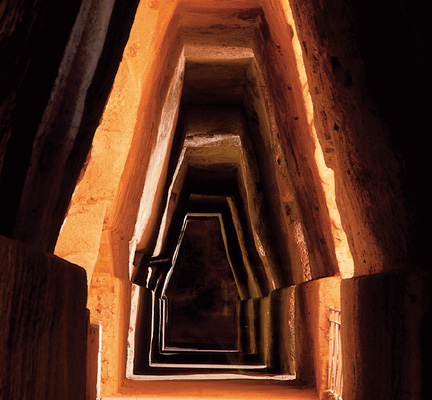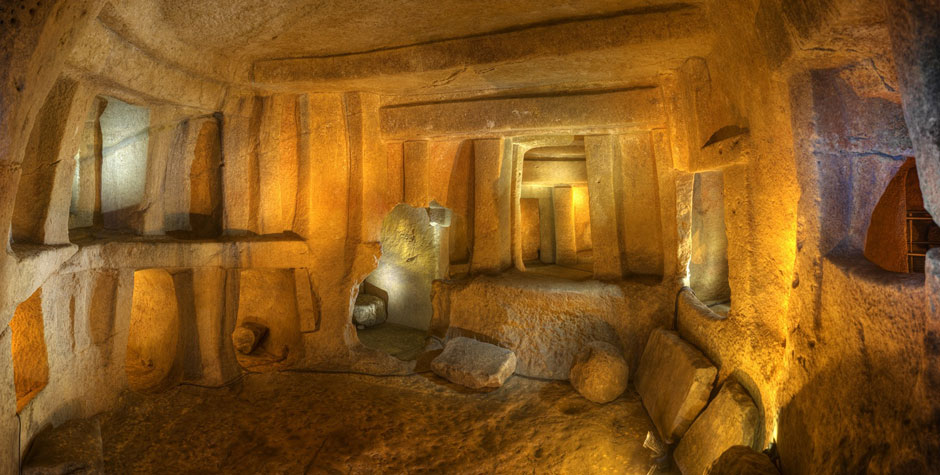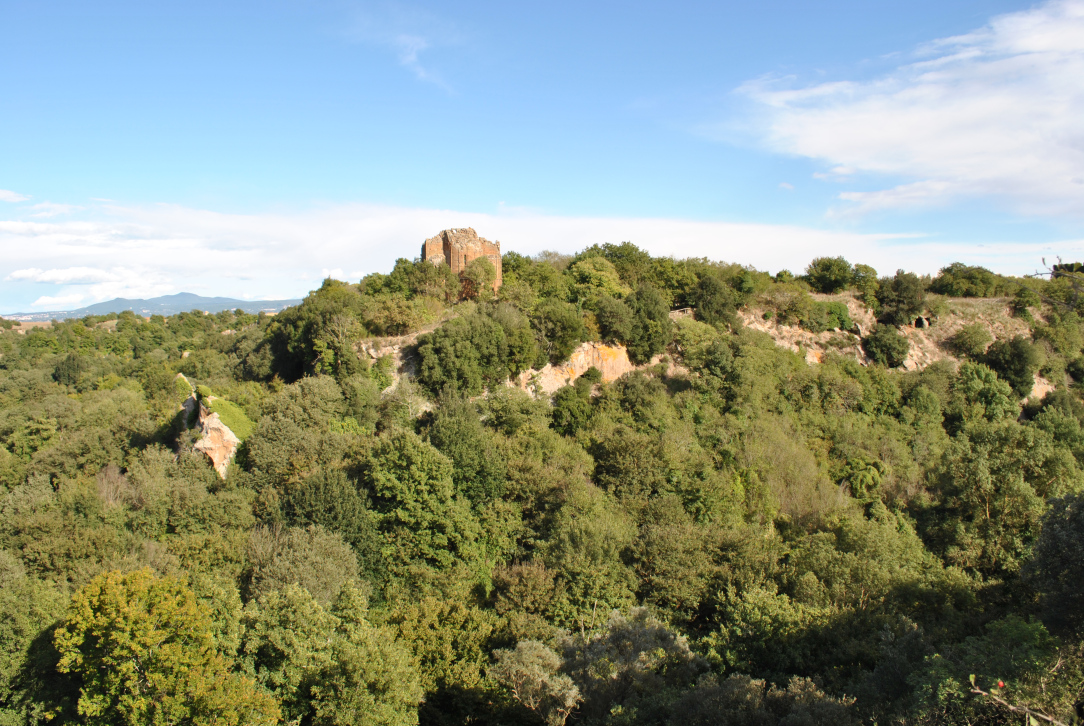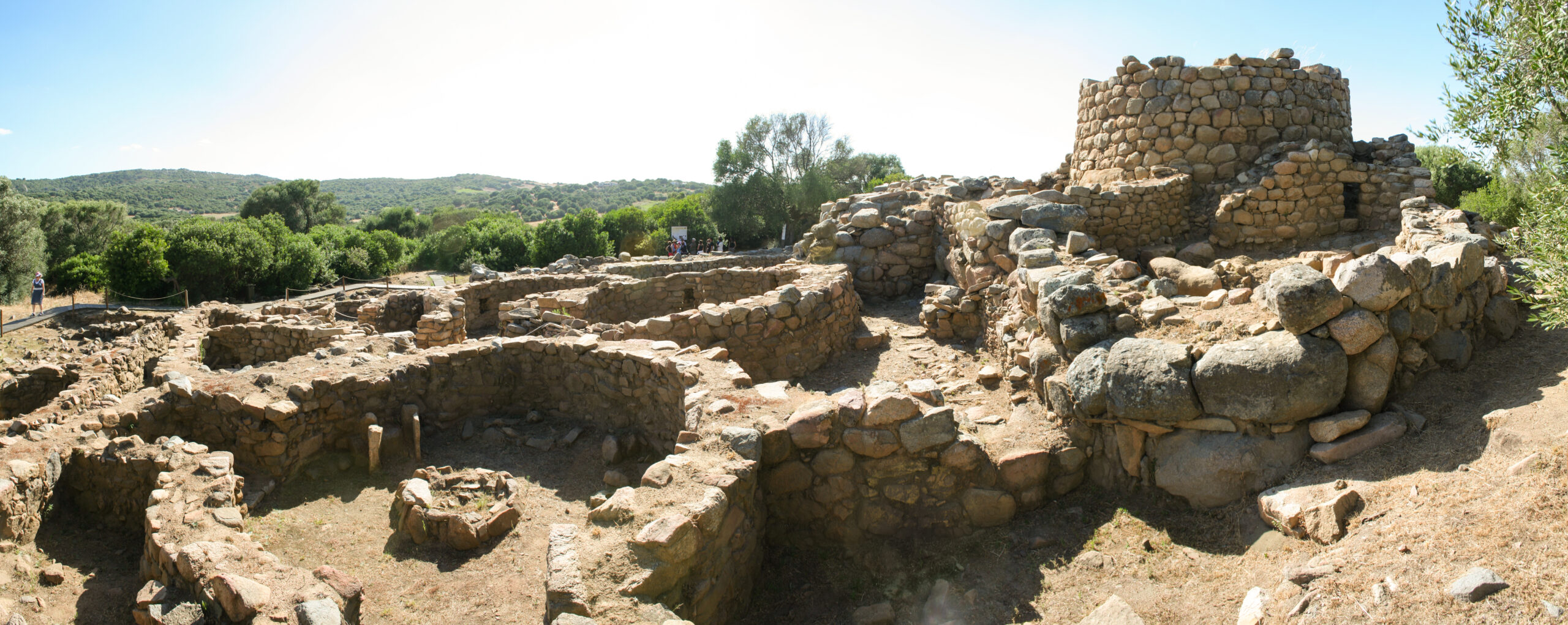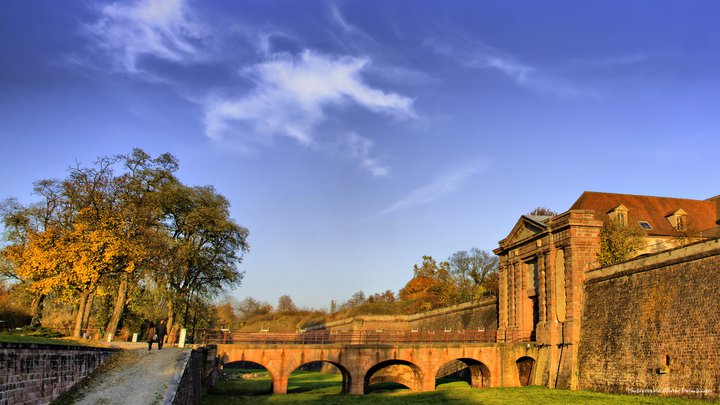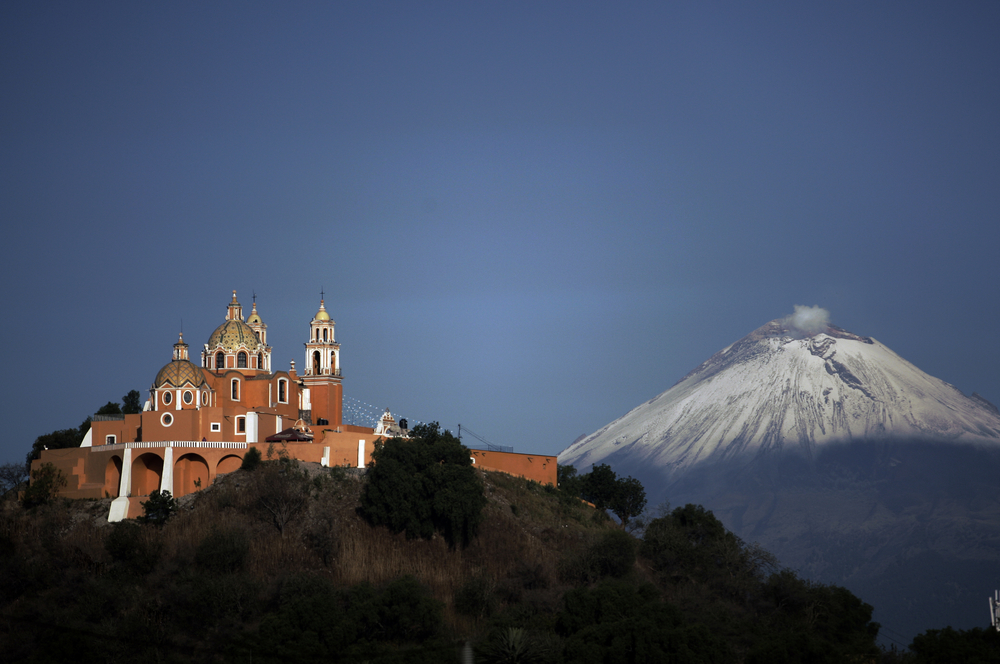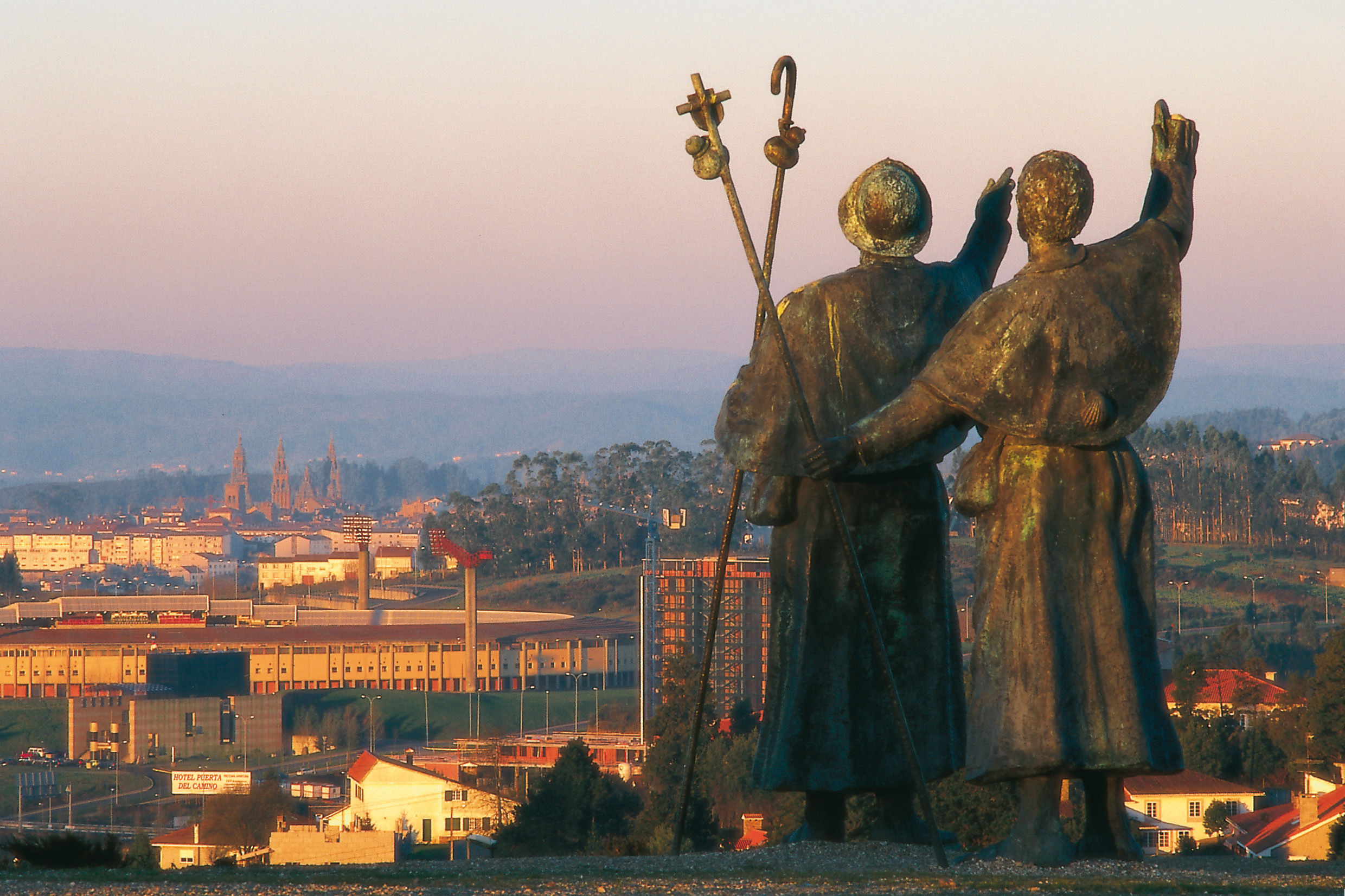But what was this burrow really? The seat of the Sibyl or a defensive structure? Many people wonder, but a precise answer is not known by anyone. Discovered in 1932, the long rectilinear tunnel with a trapezoidal cross-section and a north-south trend was interpreted by early excavators as the place where the Sibyl, the prophetess of the god Apollo, received her worshippers and prophesied in the name of the god.
But who was the Sibyl? Legend has it that the Sibyl was a young woman. The god in love with her offered her anything as long as she became his priestess, and she asked him for immortality but forgot to ask for youth. She therefore grew older and older, her body becoming small and worn out like that of a cicada. So they decided to put her in a cage in the temple of Apollo until her body disappeared and only her voice remained. In the Aeneid, Virgil speaks of a cave in Cumae, near Lake Avernus, known as "The Cavern of the Sibyl," where the Sibyl precisely transcribed her vaticini on palm leaves which mixed by the winds coming from the 100 openings of the cavern were made "sibylline." This is the first and most imaginative interpretation of the Cumaean structure.
Other scholars, on the other hand, speak of the "cavern" as a corridor cut into the tufa at the base of the acropolis and lit to the west by regularly spaced side arms running about 100 m parallel to the silted-up harbor below. Its position, defending the entrance to the Acropolis has therefore led to the assumption that it was a work of a defensive nature built between the late 4th and 3rd centuries B.C. an era to which an extension and reinforcement of the walls of the acropolis of Cumae dates.
In Roman times the floor level was lowered to its present height and the gallery was transformed into a service cryptoporticus connected to the outer terrace of the Acropolis. A number of masonry box tombs, placed at the bottom of the cisterns in the central area, and the room with arcosolium and benches in front of the side exit date to the Early Christian period. In the post-classical age some side arms were used as a quarry.
In light of the two hypotheses presented about the trapezoidal structure–how to interpret it?
